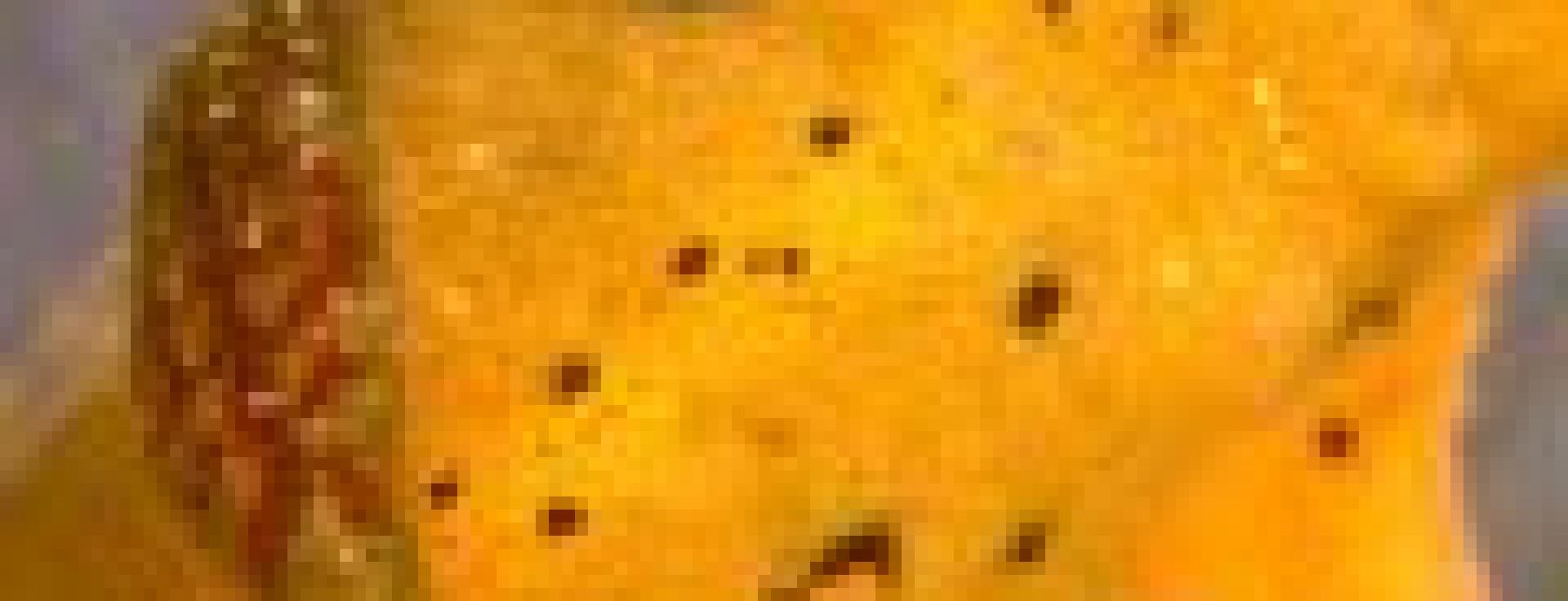All over the world, amphibians are disappearing. Disease has been implicated in many of these population declines.
One particular pathogen, Ichthyophonus sp., is thought to have caused several mass morbidity and mortality events among amphibians in the Northeastern USA.
Infection causes swellings and ulcerations in the amphibian's muscles; this can lead to death. However, relatively little is known about the pathogen. Its taxonomic status is uncertain, and its mode of transmission unknown… until now.
Tom Raffel and Peter Hudson have found strong evidence that Ichthyophonus sp. is transmitted by leeches of the species Placobdella picta. The researchers surveyed the prevalence of various kinds of parasite in newts from 16 ponds in Pennsylvania. The more leeches in a pond, the higher the proportion of newts infected with Ichthyophonus. Moreover, infections were mostly seen on those parts of the newt's body (head and trunk) likely to be bitten by leeches, and infections were seen growing out from recent leech bites.
Leeches are known to vector blood-borne parasites such as trypanosomes. However, this is the first example of an intramuscular infection being transmitted to amphibians by leeches.
The researchers suggest that a leech might acquire Ichthyophonus spores when it searches for blood vessels by inserting its long, thin proboscis into infected muscle. It would then deposit the spores when probing under the skin of another animal for its next meal.
Written By: Thomas R. Raffel, James R. Dillard, & Peter J. Hudson
Paper Url: http://www.bioone.org/perlserv/?request=get-abstract&doi=10.1645%2FGE-808R1.1&ct=1
Journal: 92: 1256-1264
Journal Reference: 92: 1256-1264
